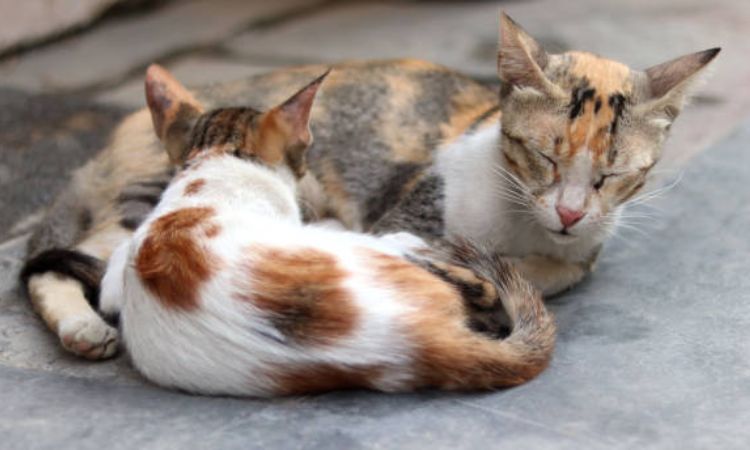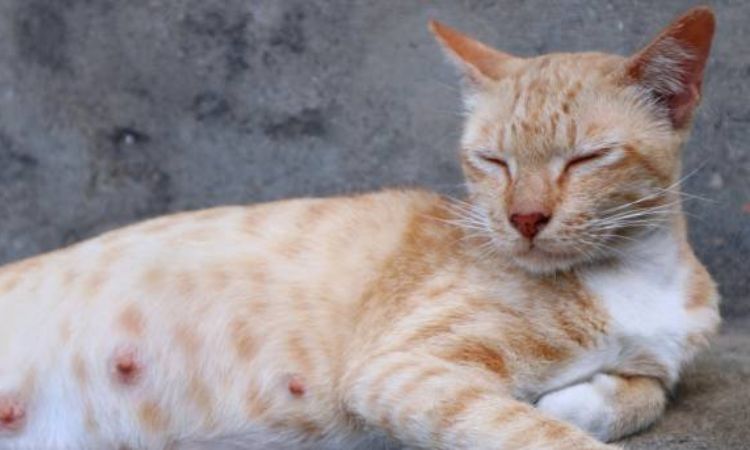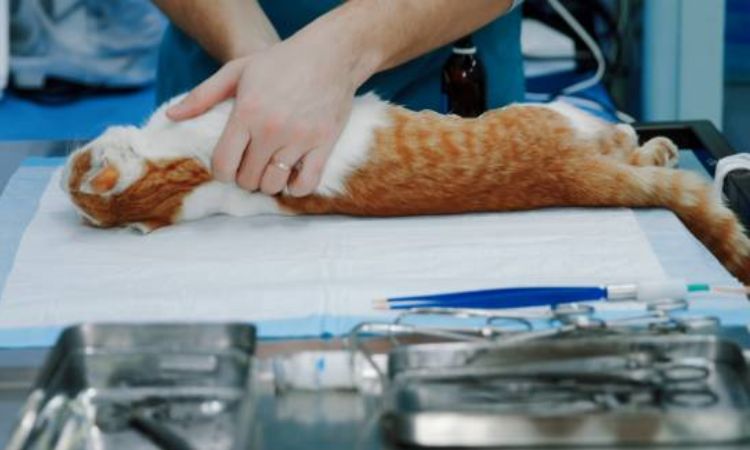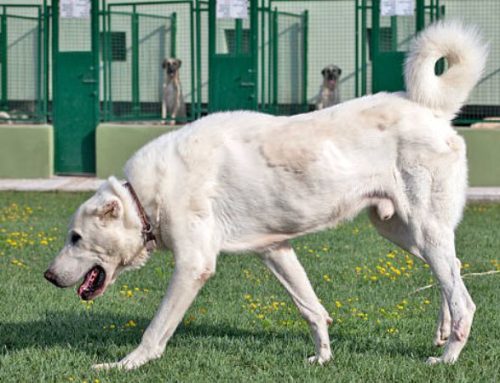Raising a young female cat comes with its quirks—and sometimes sudden bursts of attention-seeking, loud meows, or unusual restlessness can leave you wondering what’s happening. Could it be a period? While cats do have a reproductive cycle, it’s not like a human period. At Nexus-pets, we’ll explore what being “in heat” really means, how it affects your cat’s behavior, and why spaying changes everything.

Do Cats Have Periods? Clarifying the Misconception
Many cat owners wonder if female cats experience periods like humans. The answer is no—cats do not have menstrual cycles in the same way people do. While humans shed the uterine lining each month, female cats’ reproductive systems operate differently.
Instead, unspayed female cats go through a process called the estrus cycle, commonly known as the heat cycle. This cycle marks the periods when a cat is fertile and ready to mate. Unlike human menstruation, the cat’s uterus does not shed its lining; instead, it reabsorbs it, meaning visible bleeding is extremely rare.
The estrus cycle is primarily hormonally driven, producing both physical and behavioral changes that indicate reproductive readiness. This system allows cats to become fertile multiple times throughout the breeding season, depending on environmental factors like daylight and temperature. Understanding this fundamental difference helps cat owners recognize normal heat behaviors and make informed decisions about spaying and reproductive health.
Why Don’t Cats Bleed Like Humans During Their Cycle?
Cats’ reproductive cycles work very differently from humans, which is why you won’t see the same type of menstrual bleeding in your feline companion.
1. Induced Ovulation
Unlike humans, cats are induced ovulators, meaning they only release eggs (ovulate) in response to mating. If a cat does not mate, ovulation does not occur. This mechanism ensures that reproduction only happens when there is a real chance of fertilization, making their reproductive system highly efficient.
2. Uterine Lining Reabsorption
In humans, the uterus sheds its lining if fertilization doesn’t occur, resulting in a monthly period. Cats, on the other hand, reabsorb the uterine lining instead of shedding it. This is why most cats do not show visible bleeding during their estrus cycle. Their bodies handle the process internally, leaving only behavioral changes as the main indicators of being in heat.
3. Light Discharge: Normal vs. Concerning:
Some cats may occasionally have a tiny amount of vaginal discharge, which is usually clear or slightly pink and is considered normal during estrus. This can happen in rare cases when hormonal changes are particularly strong.
However, any significant bleeding—especially bright red blood, blood in urine, or large amounts of discharge—can signal a medical issue such as infection, trauma, or urinary tract problems. In these situations, it is important to contact a veterinarian promptly to ensure your cat’s health and safety.

Health Implications and Care During Heat Cycles
Female cats that have not been spayed face several health and behavioral risks during their heat cycles. Understanding these risks can help you protect your cat’s well-being and make informed decisions about her care.
Potential Health Risks for Unspayed Cats
Unspayed cats are at higher risk of certain reproductive and overall health issues, including:
- Uterine infections (pyometra): A serious, potentially life-threatening condition caused by bacterial infection of the uterus.
- Ovarian or mammary cancers: The risk of developing these cancers increases in cats that are not spayed.
- Unwanted pregnancies: Female cats can become pregnant during estrus, sometimes leading to complications if the cat is not physically mature or if she has multiple mates.
- Behavioral stress: Heat cycles often cause intense vocalization, restlessness, spraying, and attention-seeking behaviors, which can be stressful for both cat and owner.
Importance and Benefits of Spaying Before the First Heat
Spaying your cat before her first heat is strongly recommended for both health and practical reasons:
- Prevents estrus-related behaviors: Eliminates the stress and behavioral challenges associated with heat cycles.
- Reduces cancer risks: Early spaying dramatically lowers the chance of mammary, ovarian, and uterine cancers.
- Avoids unwanted litters: Helps control cat overpopulation and prevents the challenges of raising kittens.
- Supports overall longevity: Spayed cats generally live longer and healthier lives, free from reproductive-related illnesses.

When to Consult a Veterinarian
While some signs during heat cycles are normal, certain symptoms require prompt veterinary attention:
- Abnormal bleeding or discharge: Any noticeable blood beyond minimal spotting is cause for concern.
- Signs of illness: Lethargy, loss of appetite, vomiting, or excessive grooming may indicate underlying health issues.
- Injuries or trauma: Cats in heat may attempt to escape outdoors, increasing the risk of accidents or fights.
If you notice any of these warning signs, contact your veterinarian immediately. Regular check-ups and preventive care are essential for maintaining your cat’s health and ensuring she navigates her reproductive years safely.
You may be interested in: Cat in Heat? What to Expect When Your Female Cat is Calling for a Mate
So, while a female cat’s reproductive cycle may lead to some confusing behaviors, the short answer is no, cats do not have periods. They experience an “estrus cycle,” more commonly known as being “in heat.” This is a period of fertility and receptivity to mating, not a shedding of the uterine lining like menstruation in humans. Understanding this key difference is crucial for responsible pet ownership, particularly when it comes to managing their health and preventing unwanted pregnancies.






